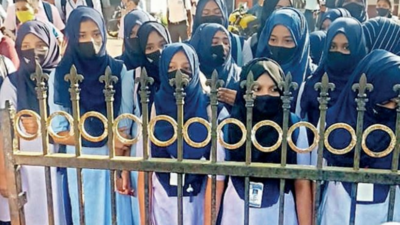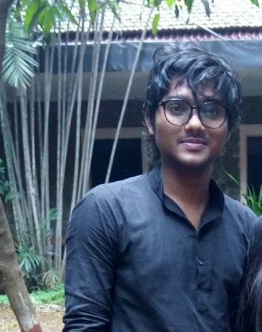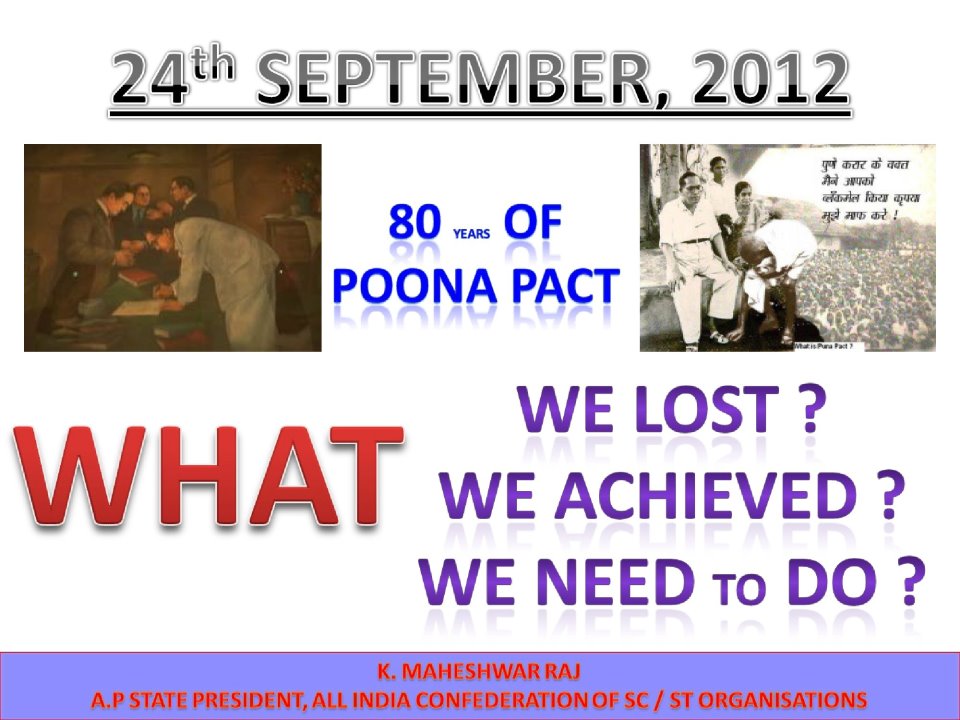Bobby Kunhu
“Just as Muslims have the right to argue that the hijab is not religiously mandated, they should also have the right to argue that it is religiously mandated” Shadi Hamid, The Right to Choose to Wear (or not) Hijab
If there is one thing uniform about the history of humankind across geographies, it is the importance of women’s bodies as sites of war! In this day and age, the site of war has moved from the traditional battlefields to thought, internet and media! The entire row over Muslim women’s head dress that has been sparking on and off across the globe is nothing but the extension of this proxy war in an increasingly Muslimophobic world.
The recent row over students wearing hijab not being permitted to enter the college premises in Kundapura, Karnataka is just another extension of this proxy battle. While the Hindutva right wing predictably reacted resorting to silly tactics like students insisting on wearing saffron shawls on campus and terror tactics of infiltrating the protests with armed miscreants, for many a supporter of the rights of the students to wear a head dress of their choice, this is a proxy battle as well, to score a point on the heads of these students.
Except for a few feminist commentators, most people supposedly siding with the students have preferred to locate their positions within the softer and more easily saleable notion of right to education of these students rather than their right over their bodies and how they would want to cover (or not) the same. Rahul Gandhi’s tweet: ‘By letting students hijab come in their way of education, we are robbing the futures of the daughters of India. Ma Saraswati gives knowledge to all. She doesn’t differentiate’ posits the real battle lines over these students’ bodies. In other words, the Hijab is a pawn in a savarna chess game – and right to education is an easy place to locate this pawn. The language of Gandhi’s tweet exposes the underbelly of casteism and communalism of the Hijab battle – the mischief of the subtext being obvious.

Suddenly and amusingly, every privileged person has become an expert on the Muslim head dress and the kinds of it based on a few Google images, turning the social media awash with these pictures. Unfortunately for the discourse, these images nullify the vast diversity of headgear worn by Muslims (women and men) and the heterogeneity of Muslim peoples. India alone has many different dresses, not just head dresses based on the community one comes from, and in my lifetime alone I have seen at least half a dozen types of dresses and head dresses that have changed within one community – that is the Mappilas. These changes have reflected social, economic and political status of these communities and to pigeonhole them as a communitarian marker is downright ridiculous. The point is that sartorial preferences, be it the hijab, pagdi, bikini, dupatta or the male Brahmin tuft reflect cultural politics of hegemony, but the only sartorial choice that has remained contentious from the latter part of twentieth century to this day is what Muslim women choose or don’t choose to wear. If my memory serves me right, Rana Kabbani, in her seminal “Letter to Christendom” written in 1989 in the wake of rising Muslimophobia following Ayatollah Khomeini’s fatwa against Salman Rushdie writes lucidly the politics of why her mother’s generation preferred short skirts and hers “traditional” attire as a mark of protest against growing prejudice!
Let me clarify, I am not undermining the importance of the need or right to education of Muslim women, rather I am asserting that behind this whole discourse is a denial of Muslim women’s right to existence – translated into Constitutional language, the right to live, and questioning those who are positing this as a mere right to education issue without considering the primary right. This is perhaps why the refusal of the Kerala government to allow the request of a Student Police cadet for permission to wear a head scarf along with her uniform has not garnered as much public attention or debate as the Pre-University college in Kundapura, Karnataka. Also perhaps, for the liberal commentators, there is the comfort of Karnataka being a regressive BJP ruled state as against the acclaimed progressiveness of Kerala. Interestingly the reason given by the Home Department of Kerala Government was that; “…if such a waiver is considered in the Student Police Cadet project, similar demand will be made on other similar force, which will significantly affect the secularism of the state”. Allegedly during the online hearing on the matter, the Superintendent of Police and the Nodal Officer markedly refused to answer the student’s query about Sikh men being allowed to wear a turban and beard with their uniforms. This position of the Kerala government is in stark violation of the 2015 decision pronounced by the Kerala High Court in Amnah Bint Basheer vs. CBSE holding the head dress an essential part of religion.
Justice Mohamed Mustaque interestingly clarified that this essentialism also includes room for choice of interpreting Quran for the right not to wear hijab. Another justification of the Home Department is that SPC is a voluntary activity and not a compulsory activity, conveniently ignoring the fact that the certificate for this “voluntary activity” can be used for students in pursuing further higher education. In the light of these arguments, one also wonders whether the right to practice (Muslim) religion and choose their dress for women is limited only to the extent of education and not to careers – particularly those with the state? In the school that this particular SPC comes from, out of 20 Muslim girls, only two have joined SPC because of the restrictions on uniform. What the Home Department hasn’t realized is that their straitjacketed definition of secularism prevents one of the most socially and educationally vulnerable classes of students in Kerala, namely Muslim women, from accessing benefits of holistic education. This incident also reinforces my argument that Muslim women’s sartorial preferences are nothing but a battle site for Muslimophobic misogynists, in that the central committee of the Students Federation of India has issued posters in support of Karnataka while maintaining stoic silence with respect to the same right being denied to a Muslim student in Kerala, which is ruled by a front with its parent party at the helm. This isn’t the first time that progressive Kerala civil and political society has failed Muslim women; back in 2010, a Muslim girl was thrown out of school because it was perceived that she wouldn’t be able to adhere to the proposed uniform of the school!

Let us face it, that everyone wants to save Muslim women, be it their attire, sexual freedom, inheritance rights, religious freedom, traditions – from everyone else, from Muslim men, Hindutva proponents, Muslimophobes and most importantly, themselves. And these are the two entrenched values of Muslimophobia and Misogyny that prepare the bodies of Muslim women as the site for modern proxy warfare. I believe it would do everyone good to let Muslim women decide what to wear and what not to wear, whether it is guided by religion, practicality or for that matter anything else and allow them the right to exist – while practicing or not practicing their religion.
~
Bobby Kunhu is a lawyer, researcher and writer.
Images courtesy: the internet.










